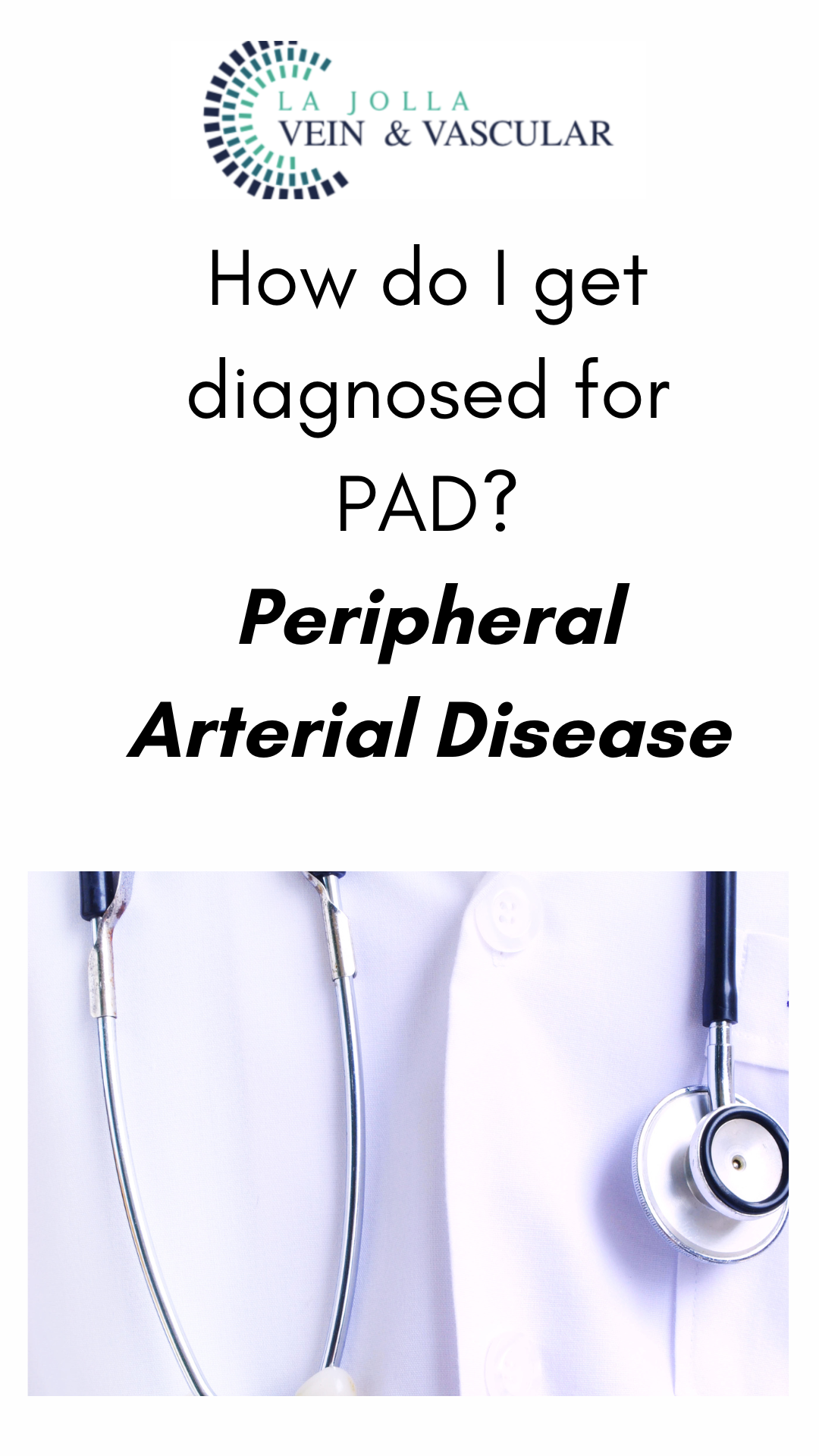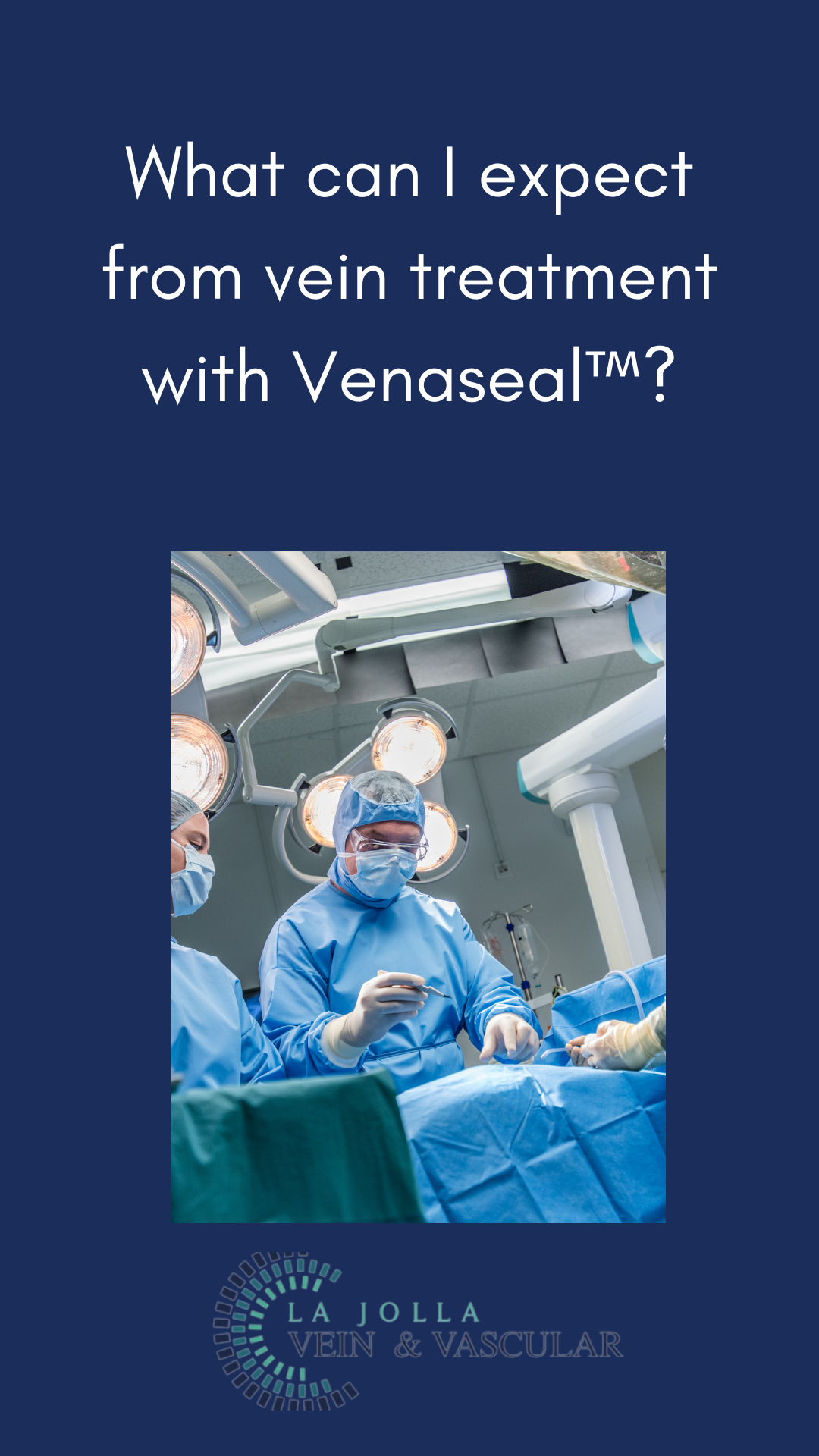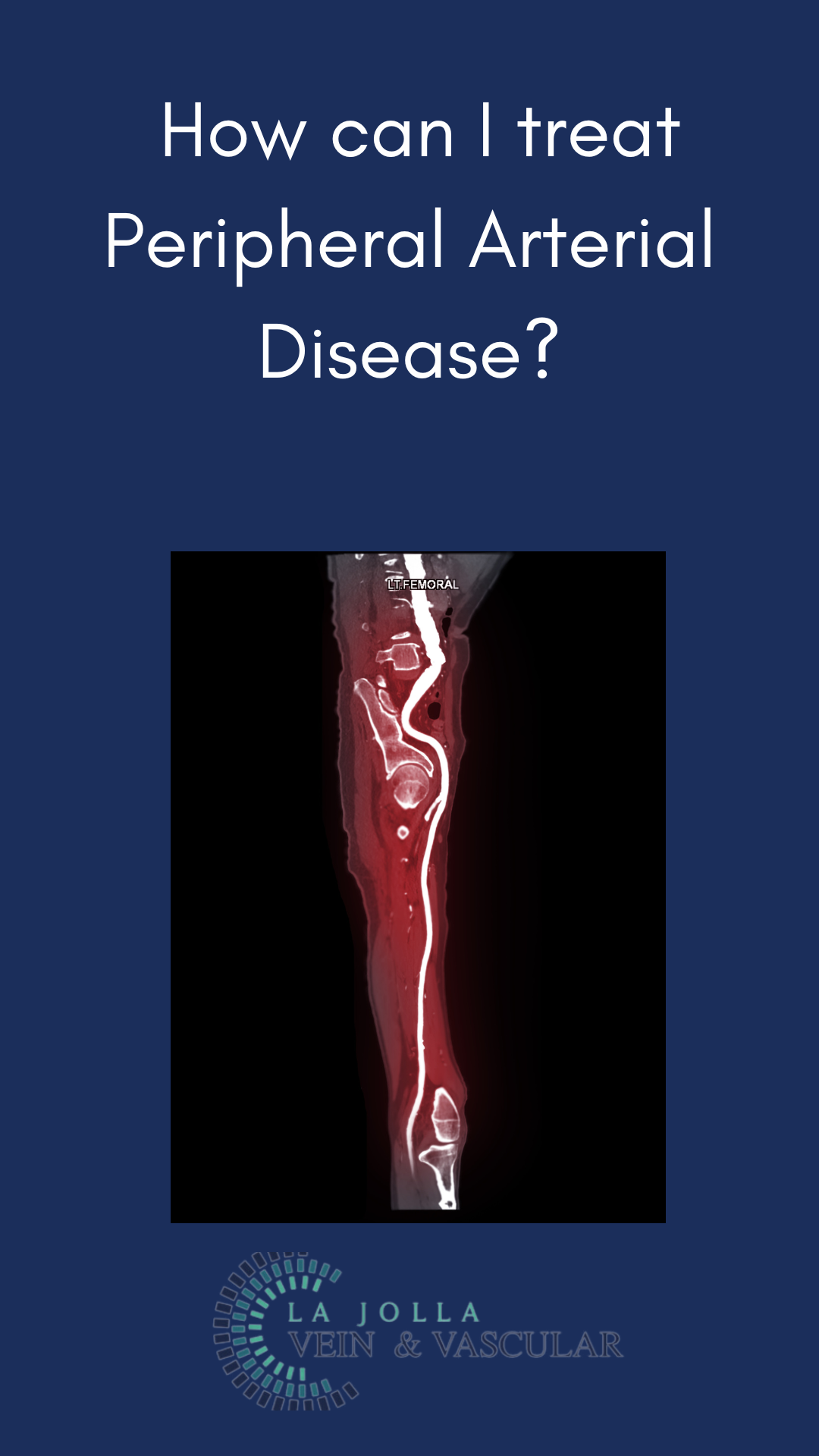Peripheral Arterial Disease Signs

Peripheral Arterial Disease – Symptoms
The most common symptom of Peripheral arterial disease is claudication. The fat and cholesterol build up on the artery walls cause a lack of blood flow, causing a condition referred to as ischemia. Ischemia is a condition that results when there is a greater demand for oxygen than the supply.
Claudication is a condition that causes cramping in the legs and buttocks. As mentioned, the pain and clamping flares up when you start to walk and subsides when you rest. Intermittent claudication affects about 50 percent of individuals suffering from peripheral artery disease. Some of the other common symptoms include loss of hair around the ankles, numbness or coldness in your feet.
Pain and cramping while walking may lead to a more sedentary lifestyle, meaning that the individual will burn few calories and add weight. An increase in weight also increases cholesterol, blood pressure, and other heart disease risk factors. The claudication severity often varies from mild discomfort to debilitating pain, making it hard for you to walk or perform other types of physical activities.
Other common symptoms of the peripheral arterial disease include;
- In extreme cases, an open wound or ulcer occurs on your toes or feet. These extreme cases lead to non-healing ulcers. The ulcer can progress to gangrene, making it hard for you to walk. In such a scenario, immediate medical attention is necessary.
- Weakness or numbness in your legs
- Coldness in your lower feet, especially when you find one foot is colder than the other one.
- Experiencing pain in your feet or toes while you are resting
- Sores on the legs, feet, and toes that do not heal
- Slower toenails growth
- Change in the color of your feet
- Erectile dysfunction in men can be treated by prostate arterial embolization (PAE), which also treats benign prostatic hyperplasia (BPH)
- Weak pulse in your feet or legs
- Developing shiny skin on your legs
- Having pain in your arms, especially when writing, knitting, or performing manual tasks
As the peripheral disease progresses, you may start to experience pain even when you are lying down. In extreme cases, the pain becomes intense enough to distract your sleep. Resting your legs by hanging them at your bed edge or walking around the room helps stimulate blood flow, relieving the pain temporarily.
“Bringing Experts Together for Unparalleled Vein and Vascular Care”
La Jolla Vein & Vascular (formerly La Jolla Vein Care) is committed to bringing experts together for unparalleled vein and vascular care.
Nisha Bunke, MD, Sarah Lucas, MD, and Elliot DeYoung, MD are specialists who combine their experience and expertise to offer world-class vascular care.
Our accredited center is also a nationally known teaching site and center of excellence.
For more information on treatments and to book a consultation, please give our office a call at 858-550-0330.
For a deeper dive into vein and vascular care, please check out our Youtube Channel at this link.
For more information on varicose veins and eliminating underlying venous insufficiency, check this link out full of resources.
Please follow our social media Instagram Profile and Tik Tok Profile for more fun videos and educational information.





